CMOS 相机
Venuslab-ISP CMOS Camera
Achieved a balance between "professional performance and high cost-effectiveness"
- Hardware-level image processing engine
- High-sensitivity and low-noise imaging
- Full-scenario compatibility design
- Balance between high resolution and transmission efficiency
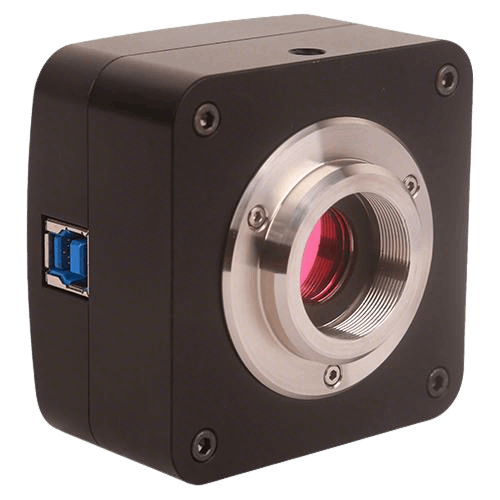
Venuslab-ISP CMOS Camera
Advantages:As the highest-resolution model in the series, it adopts Sony Exmor C back-illuminated technology and supports multi-aspect ratio output (3:2/4:3/17:9) to be compatible with different types of microscopes, reducing costs by 40% compared with similar scientific research cameras.
Applications:Semiconductor wafer defect detection, full-field scanning of pathological sections, and astronomical high-resolution imaging.

Venuslab-ISP CMOS Camera
RS 传感器较初代 C 系列读取速度提升 30%,3696×2778 分辨率兼顾细节与动态捕捉,适合活体细胞高分辨率追踪。
应用:活体细胞动态观察、纳米材料结构分析、高清荧光原位杂交实验。
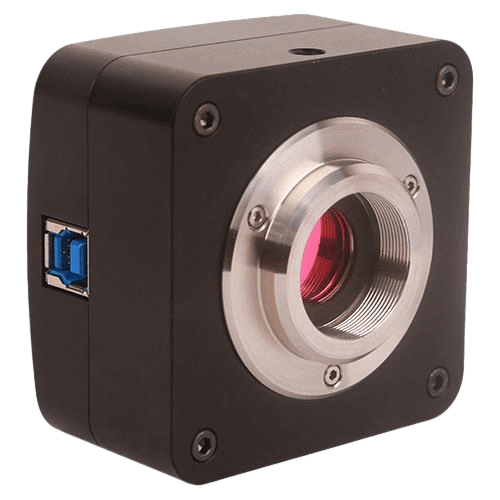
Venuslab-ISP CMOS Camera
独特正方形视野设计,完美适配体视显微镜,4×4 像素合并模式显著提升弱光性能。
应用:珠宝内部结构分析、电子元件焊盘检测、矿物晶体观察。
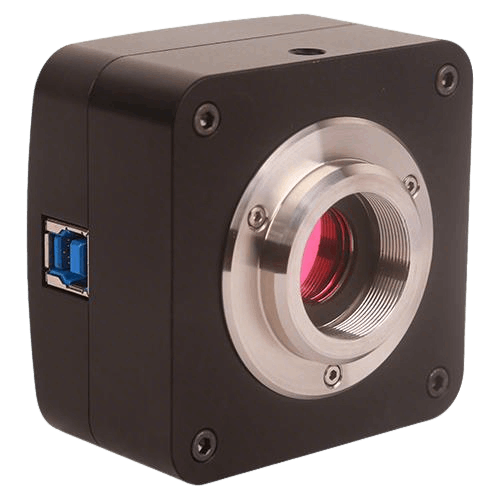
Venuslab-ISP CMOS Camera
超小像素设计实现高分辨率,0.013ms 最短曝光适合捕捉快速动态事件,3×3 像素合并优化弱光表现。
应用:微流控芯片动态监测、高速粒子运动追踪、高通量筛选实验。
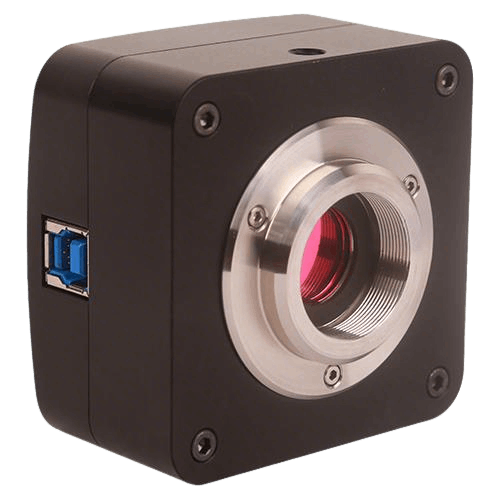
Venuslab-ISP CMOS Camera
系列弱光性能最佳型号之一,9×9 合并模式等效 30μm 超大像素,暗电流仅 0.1mV@1/30s。
应用:荧光蛋白成像 (GFP/RFP)、活体细胞长时间观察、生物发光记录。
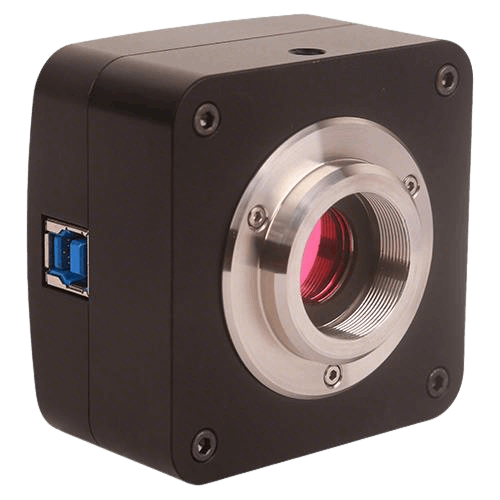
Venuslab-ISP CMOS Camera
全局快门消除运动伪影,适合快速移动样本成像,4×4 合并模式帧率达 64.4fps。
应用:流体动力学研究、动态细胞迁移观察、高速粒子追踪。
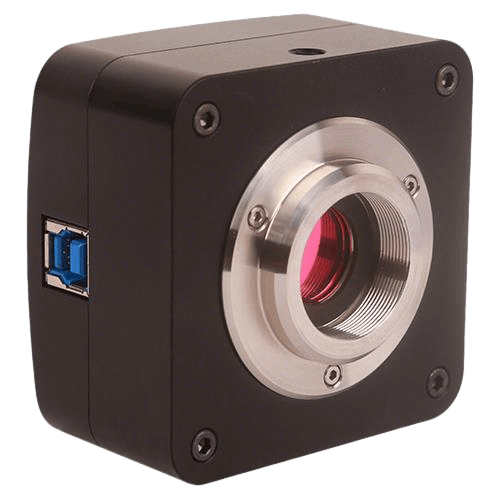
Venuslab-ISP CMOS Camera
RS 堆栈式技术提升成像效率,1×1/2×2/3×3 多档合并兼顾分辨率与帧率。
应用:常规病理检测、植物切片观察、工业零部件表面检测。
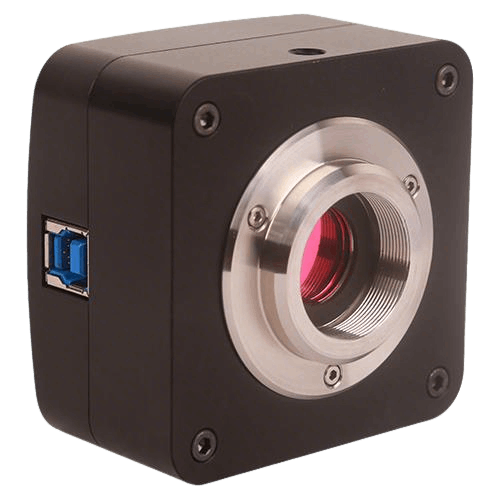
Venuslab-ISP CMOS Camera
较 KPA 型号帧率提升 33%,无性能损失,适合需要更高时间分辨率的场景。
应用:动态细胞观察、快速材料检测、教学实时成像示范。
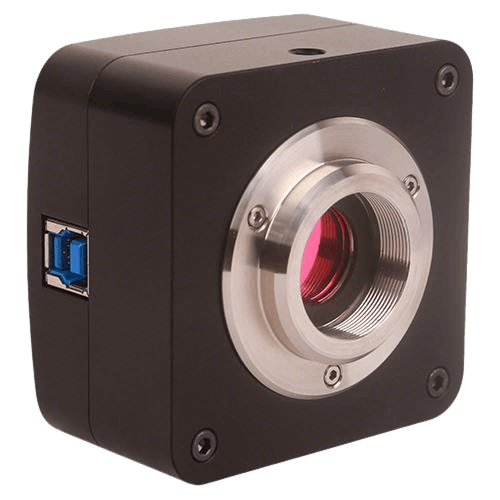
Venuslab-ISP CMOS Camera
正方形视野设计,3.3μm 大像素保证弱光性能,3×3 合并模式优化低照度成像。
应用:体视显微镜数码化、对称结构材料分析、珠宝鉴定。
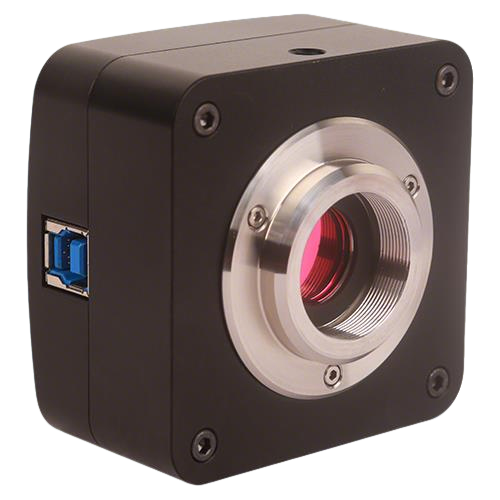
Venuslab-ISP CMOS Camera
体积小巧 (68×46.4mm),重量仅 150g,3×3 像素合并提升弱光表现,适合便携设备集成。
应用:教学显微镜改装、常规生物样本观察、便携式检测设备。
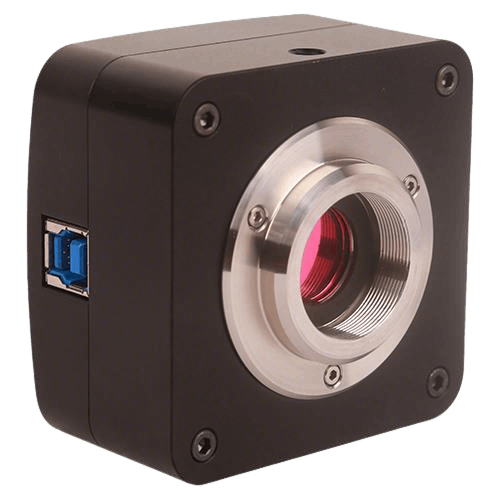
Venuslab-ISP CMOS Camera
全局快门消除拖影,0.03ms 最短曝光,4×4 合并模式帧率超 100fps,适合高速动态成像。
应用:高速微流控成像、运动粒子分析、快速自动对焦系统。

Venuslab-ISP CMOS Camera
3.45μm 大像素提升弱光性能,全局快门适合中速动态场景,0.2...15s 宽曝光范围。
应用:弱光动态观察、荧光与明场快速切换、工业在线检测。

Venuslab-ISP CMOS Camera
平衡分辨率与成本,1×1/2×2 合并模式可选,适合预算有限的常规应用。
应用:教学实验成像、常规病理筛查、工业外观检测。

Venuslab-ISP CMOS Camera
较 KPA 型号帧率提升 20%,4×4 合并模式达 120fps,12bit 输出提升色彩还原度。
应用:快速材料筛选、动态样本观察、教学演示设备。
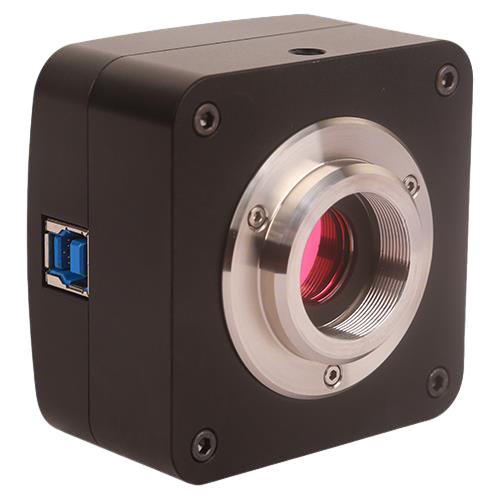
Venuslab-ISP CMOS Camera
正方形视野设计,HCG 模式提升低光性能,0.013ms~15s 超宽曝光范围。
应用:体视显微镜成像、对称结构分析、弱光环境观察。

Venuslab-ISP CMOS Camera
全局快门适合动态场景,3.45μm 大像素保证弱光性能,16:9 比例适配视频观察。
应用:高速动态事件记录、流水线检测、教学视频采集。

Venuslab-ISP CMOS Camera
正方形视野设计,超低暗电流 (0.04mV),适合长时间曝光成像。
应用:弱光显微成像、材料结构分析、体视显微镜改装。
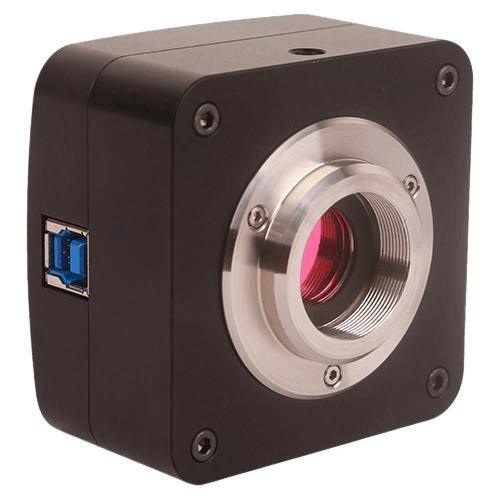
Venuslab-ISP CMOS Camera
16:9 高清格式,适合视频观察,2×2 合并模式提升低光表现。
应用:教学视频演示、常规明场观察、工业外观检测。
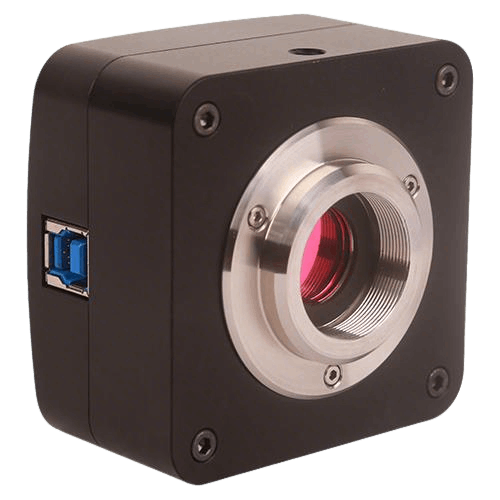
Venuslab-ISP CMOS Camera
较 KPA 型号灵敏度提升 114%,0.02ms 最短曝光,适合快速动态捕捉。
应用:荧光成像、动态样本观察、教学实验示范。
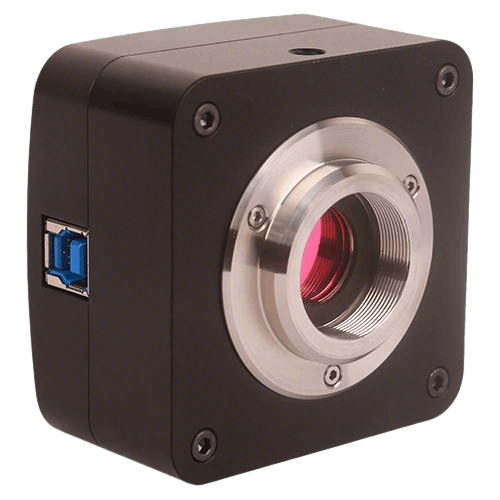
Venuslab-ISP CMOS Camera
大靶面设计,2.9μm 像素提升弱光性能,适合低照度环境成像。
应用:弱光荧光成像、活体细胞观察、低照度材料检测。
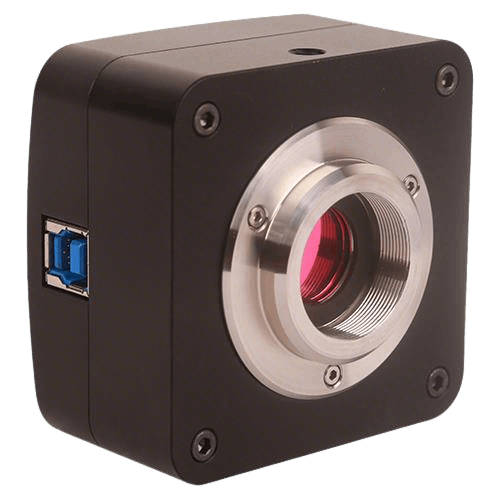
Venuslab-ISP CMOS Camera
系列灵敏度最高型号,暗电流仅 0.13mV,适合极弱光成像场景。
应用:低强度荧光成像、化学发光检测、弱光生物样本观察。
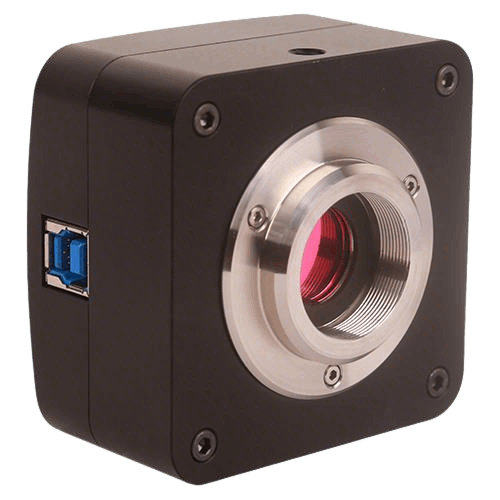
Venuslab-ISP CMOS Camera
平衡灵敏度与成本,较 KPD 型号价格降低 30%,适合预算有限的弱光应用。
应用:常规荧光成像、教学实验、中等强度弱光观察。
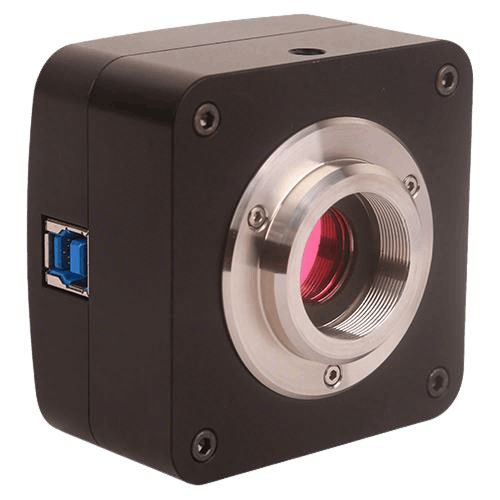
Venuslab-ISP CMOS Camera
4.63μm 超大像素,14bit 输出提升动态范围,正方形视野适配体视显微镜。
应用:低光环境对称结构观察、体视显微镜高灵敏度成像、材料缺陷检测。
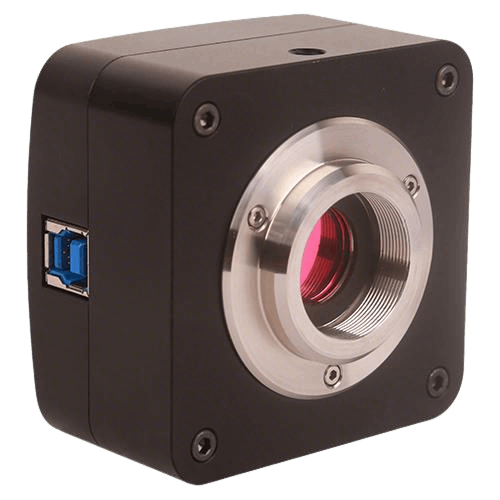
Venuslab-ISP CMOS Camera
Exmor RS 技术提升成像效率,平衡分辨率与帧率,适合常规应用。
应用:教学实验、常规病理观察、工业零部件检测。
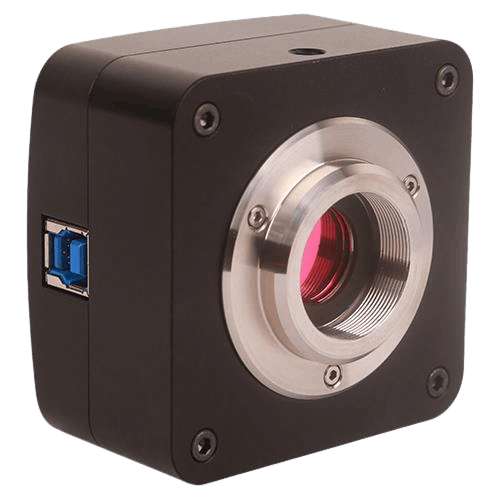
Venuslab-ISP CMOS Camera
较 KPA 型号帧率提升 97%,适合需要高时间分辨率的动态场景。
应用:快速动态观察、流水线上检测、运动样本追踪。
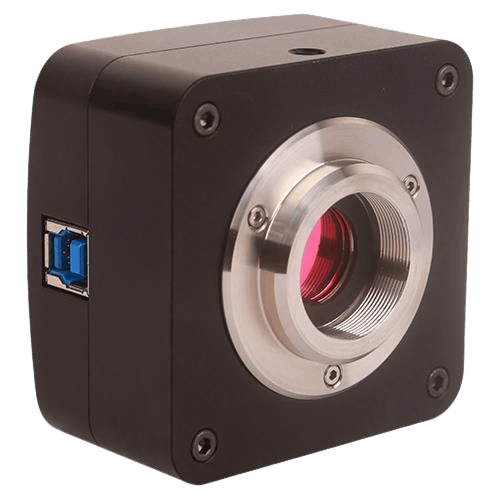
Venuslab-ISP CMOS Camera
全局快门消除拖影,0.03ms 最短曝光,适合高速动态场景,2.5W 超低功耗。
应用:学生显微镜数码化、流水线快速筛选、便携式检测设备。
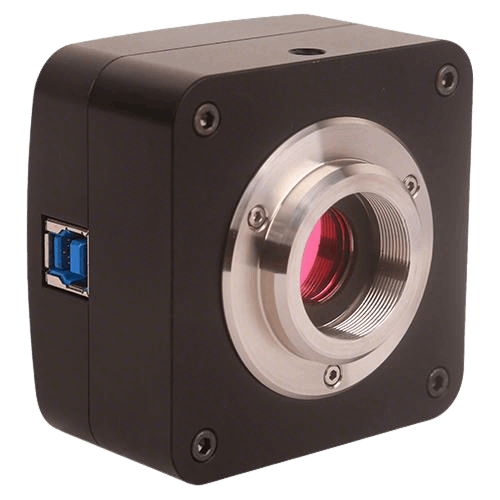
Venuslab-ISP CMOS Camera
大像素设计提升弱光性能,全局快门适合中速动态场景,性价比突出。
应用:教学实验成像、常规明场观察、中等速度动态检测。
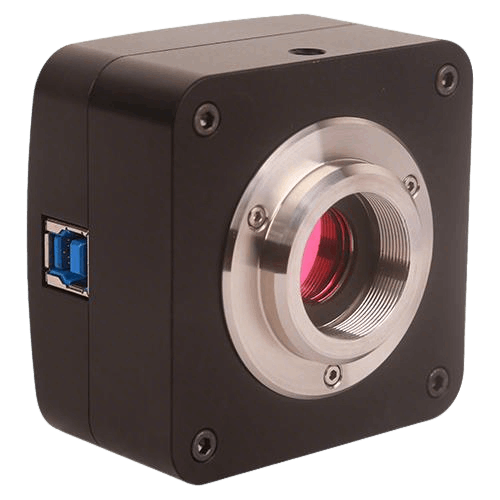
Venuslab-ISP CMOS Camera
低成本全局快门方案,3.45μm 像素保证成像质量,适合大规模教学设备。
应用:中小学基础生物实验、科普教育、低成本显微镜改装。

Venuslab-ISP CMOS Camera
超低成本方案,即插即用设计,兼容各类教学显微镜,重量仅 100g。
应用:大规模教学设备改装、基础观察实验、科普展示器材。

Venuslab-ISP CMOS Camera
系列最低成本型号,价格仅为旗舰型号的 1/8,满足基础观察需求。
应用:中小学基础实验、大规模教学设备、科普教育器材。

Venuslab-ISP CMOS Camera
集成 12 位超精细硬件 ISP,实时完成图像处理,低延迟、省 CPU 资源,且保障色彩精准与弱光信噪比.
应用:工业检测与半导体制造、生命科学与医学研究、材料科学与质量控制、科研与教育。
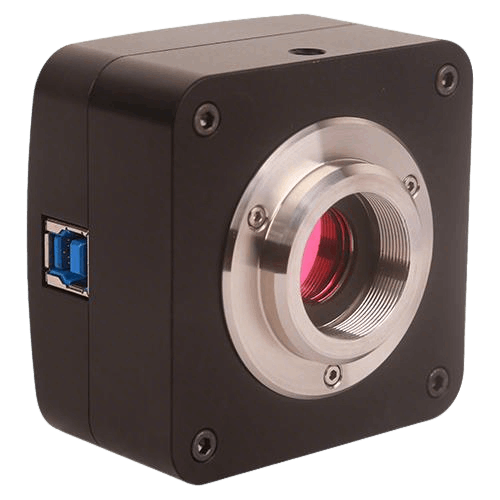
Venuslab-ISP CMOS Camera
搭载 Ultra-Fine 硬件 ISP,硬件级高速图像处理,省 CPU 且色彩准。
应用:显微成像领域、工业自动化、科研与教育
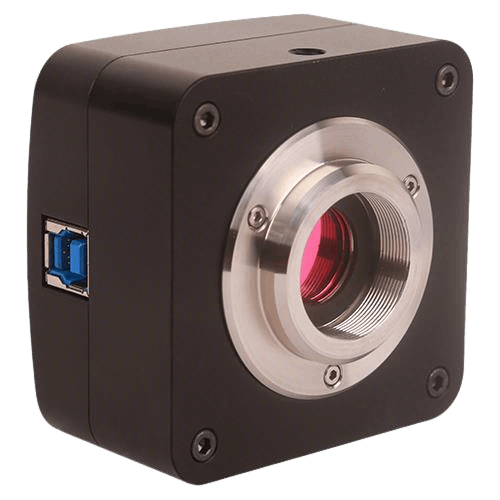
Venuslab-ISP CMOS Camera
8935mV high G light sensitivity + 14μs short exposure, enabling strong low-light imaging.
Applications:
Life science research, industrial inspection and machine vision, astronomy and environmental monitoring.
Venuslab-UISP CMOS Camera
Achieve efficient and high-quality image transmission and processing at high resolution.
- High-speed transmission, high-definition and smooth
- Full-scene adaptation, flexible software and hardware
- Industrial-grade reliability, long-term peace of mind
- Hardware ISP, both efficiency and quality improved

Venuslab-UISP CMOS Camera
Advantages:
High resolution, small pixels suitable for fine imaging, and flexible multi-binning modes.
Applications:
Scenarios with high resolution requirements such as microscopic imaging and fine industrial inspection.
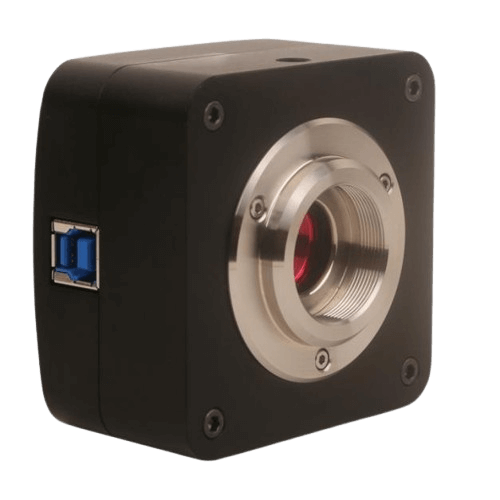
Venuslab-UISP CMOS Camera
Advantages:
Balances resolution and light sensitivity, with multiple binning to adapt to different frame rate requirements.
Applications:
Scenarios such as industrial visual inspection and document scanning.

Venuslab-UISP CMOS Camera
Advantages:
Large pixels have good light sensitivity, resulting in excellent imaging in low-light environments, with multiple binning options available.
Applications:
Low-light scenarios such as weak light industrial inspection and security monitoring.
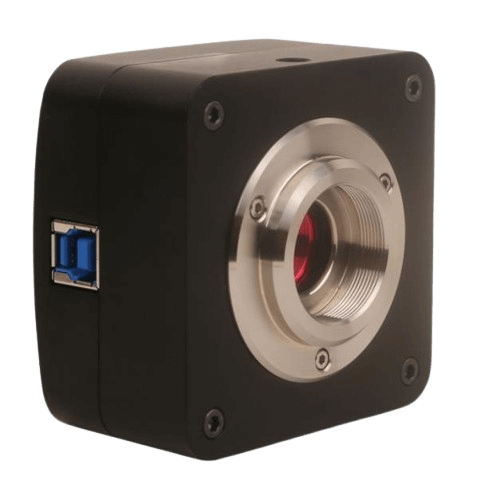
Venuslab-UISP CMOS Camera
Advantages:
High resolution and large dynamic range, with excellent performance in presenting details, light and shadow.
Applications:
Scenarios such as high-end microscopic imaging and high-precision industrial inspection.
Venuslab-L3 CMOS Camera
Professional-grade microscopic imaging and industrial inspection scenarios
- High-performance sensors and hardware-level cache design
- High-speed links and low-noise design
- Professional color engine and parameter adjustability
- Full-scenario compatibility and development support
- Environmental adaptability and durability
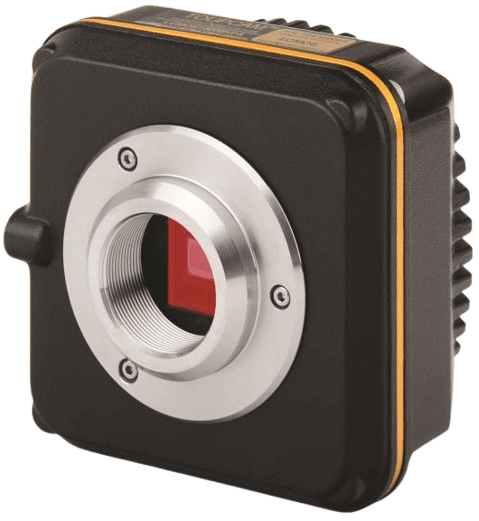
Venuslab-L3 CMOS Camera
Advantages:
High pixels combined with a relatively large sensor can capture rich details; excellent dynamic range allows for good image restoration under different lighting conditions.
Applications:
Suitable for scientific research imaging with high requirements for details, such as the analysis of material microstructure; also applicable to industrial inspection with certain image quality requirements, such as the appearance inspection of precision components.
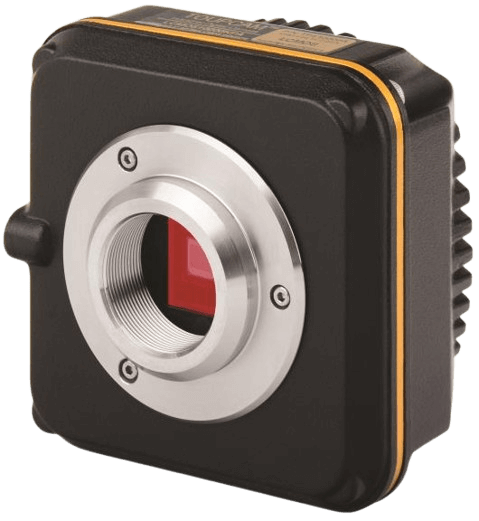
Venuslab-L3 CMOS Camera
Advantages:
It achieves a certain balance in resolution and pixel size, and can take into account both certain detail capture and light-sensing capabilities; the frame rate performs reasonably well at different resolutions.
Applications:
It can be used for cell observation, tissue imaging, etc. in the biomedical field, and can also be used in industrial vision to detect products that have certain requirements for resolution and light sensitivity.
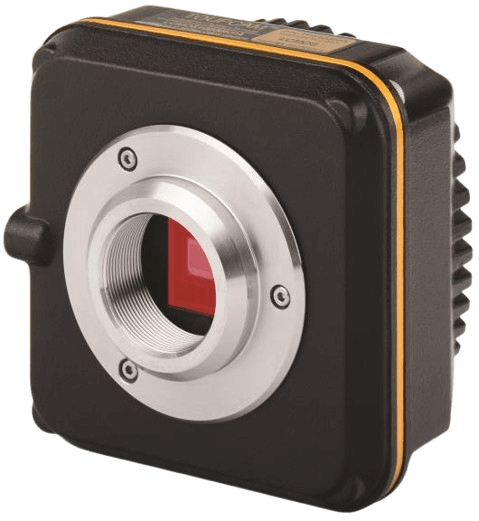
Venuslab-L3 CMOS Camera
Advantages:
It has good resolution and moderate pixel size, achieving a good balance between imaging details and sensitivity; the frame rate performance under multiple resolutions can meet certain dynamic shooting needs.
Applications:
Suitable for scenarios such as appearance inspection of electronic components, high-precision document scanning, and can also be used for microscopic teaching in the education field, etc.

Venuslab-L3 CMOS Camera
Advantages:
In the lower pixel range, it has relatively good light-sensing performance and can adapt to certain low-light environments; the frame rate performance can meet the shooting needs of general dynamic scenes.
Applications:
It can be used for general industrial appearance inspection, areas in security monitoring that have certain requirements for image quality, and some scientific research auxiliary shooting that requires a balance between cost and performance.
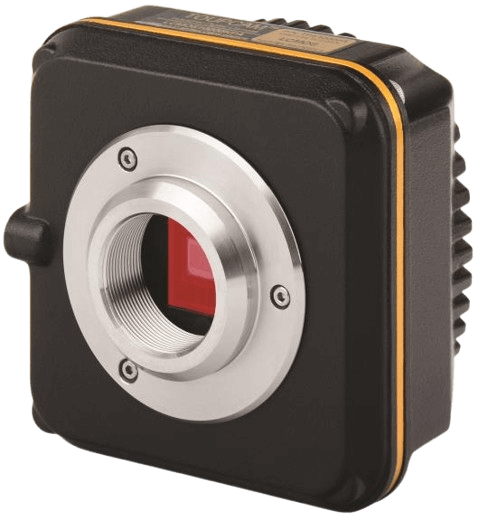
Venuslab-L3 CMOS Camera
Advantages:
The larger pixel size gives it a certain advantage in light-sensing capability, enabling it to obtain relatively clear images in low-light environments; the frame rate performs well at low pixels.
Applications:
Suitable for industrial inspection in low-light environments, such as product inspection in workshops at night or with insufficient light; also applicable to security monitoring that requires low-light imaging.

Venuslab-L3 CMOS Camera
Advantages:
It has an extremely high dynamic range, which can well retain the details of bright and dark areas in scenes with large differences in light intensity; the relatively large pixel size ensures a certain level of light-sensing performance.
Applications:
It is suitable for detection in outdoor environments with alternating strong light and shadows, such as road facility detection; it can also be used in scientific research experiments that require a high dynamic range, such as experiments studying the impact of light changes on material surfaces.

